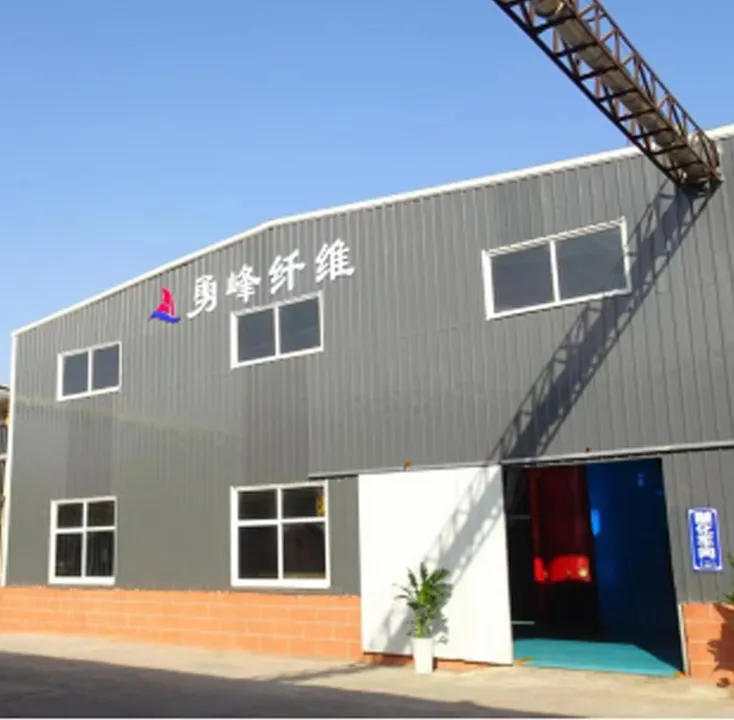Exploring HPMC Chemical Applications and Benefits
Hydroxypropyl Methylcellulose (HPMC) is a versatile cellulose ether derived from cellulose, a natural polymer found in the plant cell walls. HPMC is produced through a series of chemical reactions that modify cellulose, resulting in a compound with a range of unique properties. This makes HPMC widely used across various industries, including construction, pharmaceuticals, food, and cosmetics. Its ability to act as a thickener, binder, film-former, and emulsifier has contributed to its growing popularity in numerous applications.
Chemical Structure and Properties
HPMC is synthesized by substituting the hydroxyl groups of cellulose with hydroxypropyl and methyl groups. This substitution alters the chemical properties of cellulose, enhancing its solubility and functionality. HPMC is available in various grades, depending on the degree of substitution and molecular weight. These grades determine the solubility of HPMC in water and its viscosity in different solutions.
One of the standout features of HPMC is its ability to form a gel-like consistency when mixed with water, making it an effective thickening agent. Furthermore, it is non-ionic and soluble in both cold and hot water, which broadens its utility in formulations where ionic compounds are restricted.
Applications in Construction
In the construction industry, HPMC is frequently used as an essential additive in cement-based materials such as tile adhesives, plasters, and mortars. Its primary function is to enhance the workability of these materials and improve their bonding strength. HPMC contributes to water retention, allowing for extended open times during application, which is crucial in construction processes. This ensures that the materials remain workable for longer periods, reducing the risk of early setting and resulting cracks.
HPMC also helps to improve the overall performance of construction materials. For instance, it enhances the flexibility, reduces shrinkage, and increases the adhesion strength of tile adhesives and mortars. This leads to more durable and resilient structures, which is a significant advantage in modern construction practices.
Role in Pharmaceuticals
In the pharmaceutical sector, HPMC plays a critical role as an excipient in the formulation of various drug delivery systems. Its properties allow it to act as a binder in tablet formulations and as a controlled-release agent. By adjusting the viscosity and gel-forming capacity, formulators can control the release rate of active pharmaceutical ingredients (APIs) in the body.
hpmc chemical

Moreover, HPMC is widely used in the production of capsules, especially in vegetarian capsules, providing a suitable alternative to traditional gelatin capsules. This is particularly important in an increasingly health-conscious consumer market that demands vegan and vegetarian-friendly options.
Contribution to Food Industry
HPMC is approved for use in food products and serves as a thickener, stabilizer, and emulsifier. It helps to improve the texture and body of a variety of food items, from sauces and dressings to baked goods and dairy products. Its ability to form stable emulsions makes it particularly valuable in products that require a uniform consistency.
The use of HPMC in food formulations is also beneficial for gluten-free products. It can provide similar textural properties to gluten-containing products, helping to enhance the quality of gluten-free baked goods. Consumers seeking gluten-free alternatives appreciate the improved mouthfeel and overall sensory experience that HPMC can deliver.
Cosmetics and Personal Care
In the cosmetics and personal care industry, HPMC is utilized as a thickening and stabilizing agent in various formulations, including lotions, creams, and gels. Its ability to create a smooth texture enhances the application experience of personal care products. Furthermore, its non-irritating properties make it an ideal choice for sensitive skin formulations.
HPMC also acts as a film-former in cosmetic applications, providing a barrier that can help to retain moisture in the skin and improve the longevity of the product upon application.
Conclusion
HPMC is a remarkable chemical compound with diverse applications across multiple industries. Its unique properties, including viscosity, solubility, and gel formation, enable it to enhance product performance in construction, pharmaceuticals, food, and cosmetics. As industries continue to innovate and seek high-quality materials, HPMC’s role is likely to expand, introducing new formulations and improving existing products. Its versatility and effectiveness make HPMC a vital component in our daily lives, contributing to both advanced technologies and consumer-friendly products.
-
Rdp Powder: Key Considerations for Wholesalers in the Building Materials IndustryNewsJul.08,2025
-
Key Considerations for Wholesalers: Navigating the World of Hpmc - Based ProductsNewsJul.08,2025
-
Hpmc Detergent: Key Considerations for WholesalersNewsJul.08,2025
-
Key Considerations for Wholesalers: China Hpmc For Tile Adhesive, Coating Additives, Concrete Additives, and MoreNewsJul.08,2025
-
Crucial Considerations for Wholesalers: Navigating the World of Construction MaterialsNewsJul.08,2025
-
Key Considerations for Wholesalers Sourcing Additive For Cement, Additive For Concrete, Additive For Putty from Additive Manufacturer Shijiazhuang Gaocheng District Yongfeng Cellulose Co., Ltd.NewsJul.08,2025




